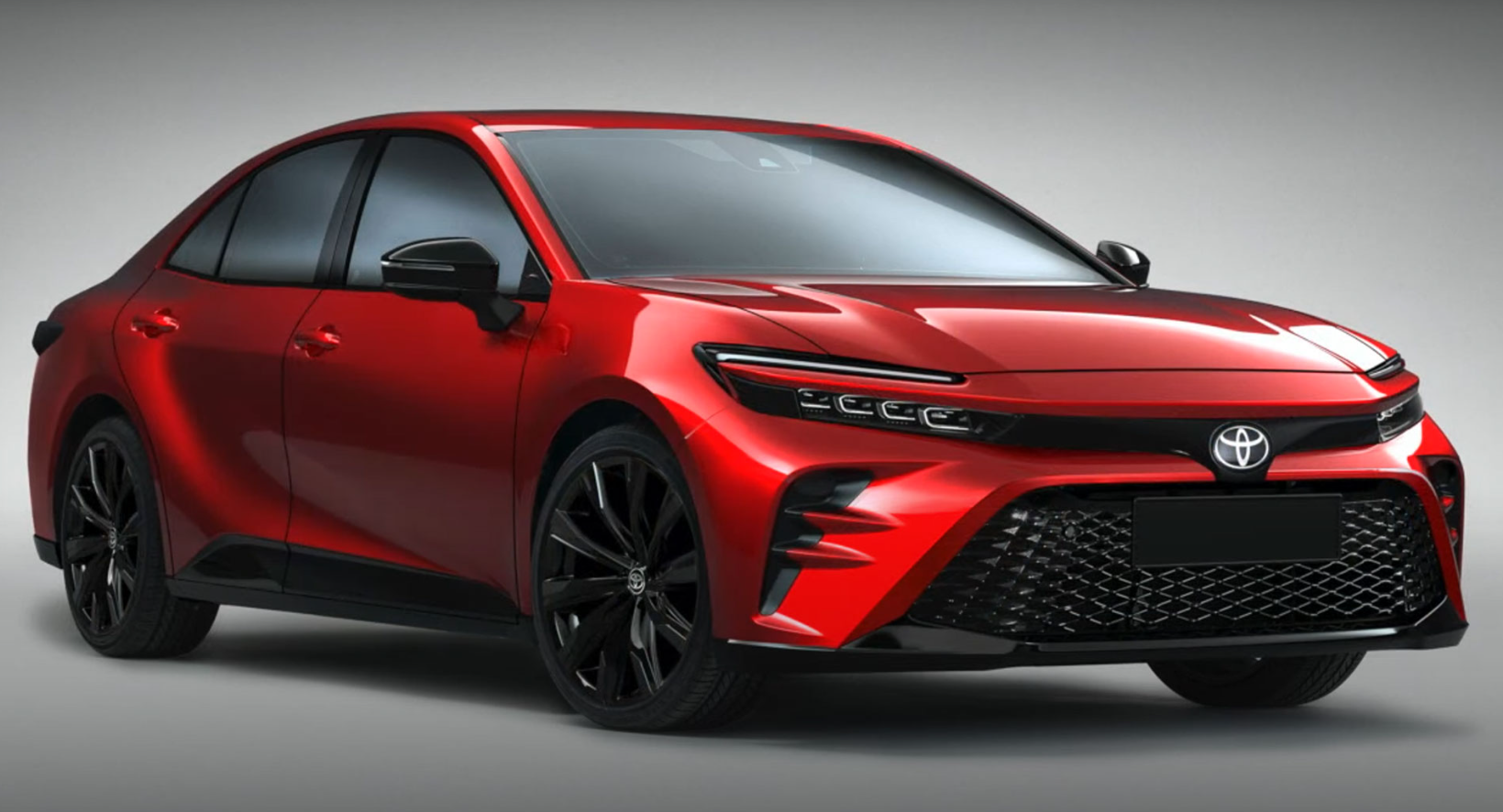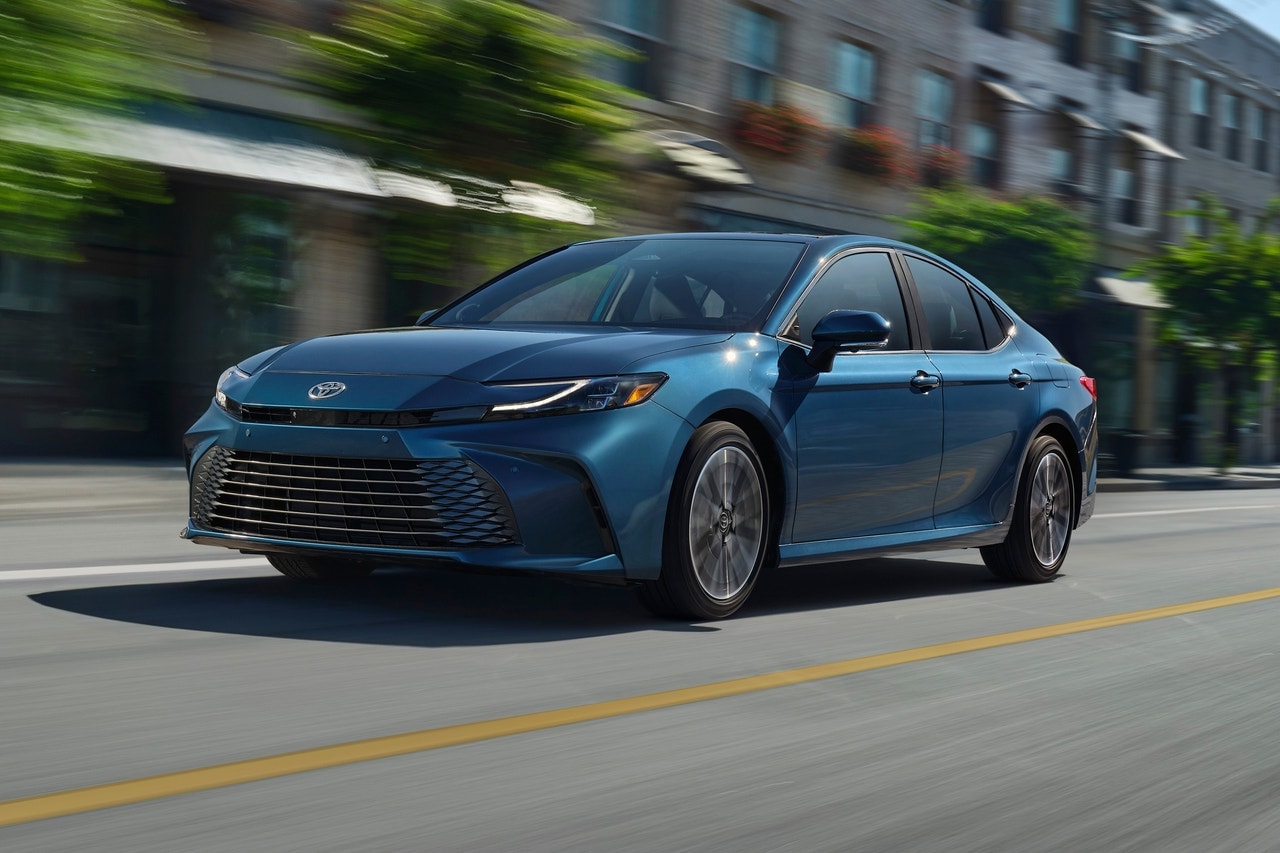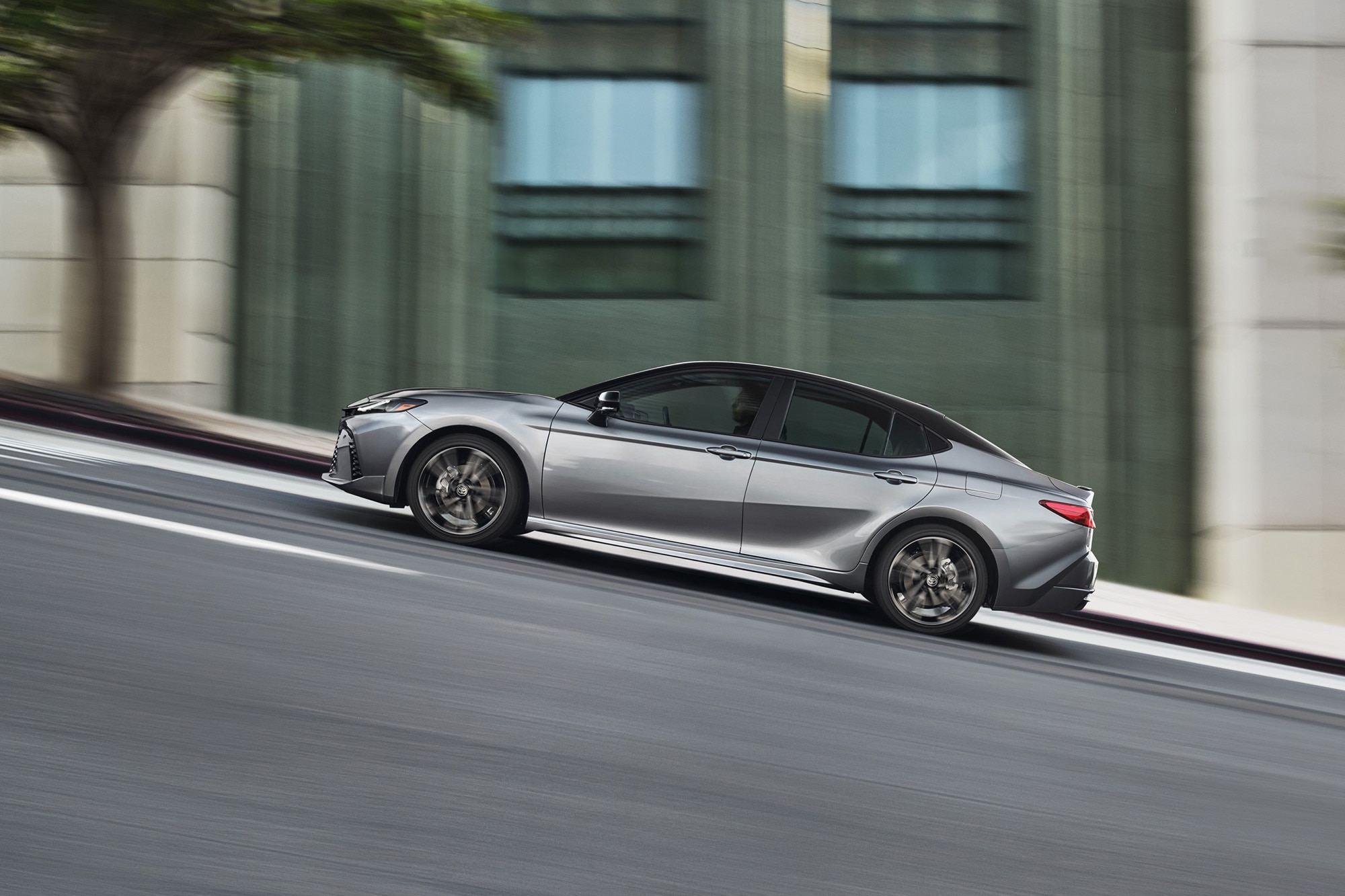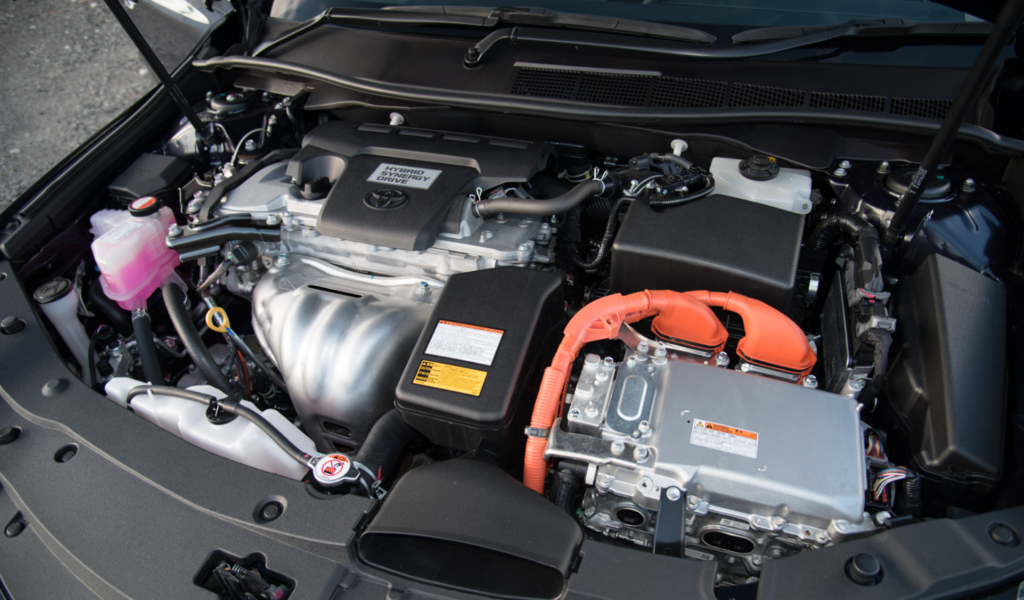Deconstructing Fuel Efficiency In The 2025 Toyota Camry LE FWD
By admin / September 23, 2024 / No Comments / 2025
Deconstructing Fuel Efficiency in the 2025 Toyota Camry LE FWD
Deconstructing Fuel Efficiency in the 2025 Toyota Camry LE FWD
Introduction
With great pleasure, we will explore the intriguing topic related to Deconstructing Fuel Efficiency in the 2025 Toyota Camry LE FWD. Let’s weave interesting information and offer fresh perspectives to the readers.
Table of Content
Deconstructing Fuel Efficiency in the 2025 Toyota Camry LE FWD

The 2025 Toyota Camry LE FWD’s fuel economy represents a crucial aspect of its overall value proposition. Understanding the factors influencing this efficiency, and the resulting implications for consumers, requires a detailed examination. This analysis will explore the technological underpinnings, driving conditions’ impact, and practical considerations associated with the vehicle’s fuel consumption.
Technological Factors Influencing Fuel Economy:
The Camry LE FWD’s impressive fuel efficiency stems from a combination of engineering advancements. The engine, typically a four-cylinder unit, is designed for optimal combustion, minimizing fuel waste. Toyota’s continuous improvement in engine technology, including advancements in direct injection and variable valve timing, plays a significant role. These technologies allow for precise fuel delivery and optimized engine performance across various driving scenarios. Furthermore, the car’s aerodynamic design contributes to reduced drag, enhancing fuel economy at higher speeds. Lightweight materials used in the vehicle’s construction further reduce the overall weight, leading to improved efficiency. The continuously variable transmission (CVT) also contributes significantly. By seamlessly adjusting gear ratios, the CVT maintains the engine within its most efficient operating range, maximizing fuel economy and minimizing fuel consumption. Finally, the front-wheel-drive configuration simplifies the drivetrain, reducing mechanical losses and improving overall efficiency compared to all-wheel-drive systems.
Environmental Impact and Cost Savings:
The Camry LE FWD’s fuel efficiency translates directly into reduced environmental impact. Lower fuel consumption means fewer greenhouse gas emissions, contributing to a smaller carbon footprint. This aligns with growing global concerns regarding climate change and the need for more sustainable transportation solutions. Beyond the environmental benefits, superior fuel economy offers substantial cost savings for consumers. Reduced fuel consumption translates to lower expenditure on gasoline, a significant recurring expense for vehicle owners. This financial advantage can be considerable over the vehicle’s lifespan, making it a compelling factor in the purchasing decision. The long-term cost savings contribute to the overall affordability and value of the vehicle.
Driving Habits and Fuel Consumption:
While the vehicle’s design significantly influences fuel economy, driving habits play a crucial role. Aggressive acceleration and braking patterns drastically increase fuel consumption. Maintaining a consistent speed, anticipating traffic flow, and avoiding sudden maneuvers contribute to improved fuel efficiency. Tire pressure is another critical factor; under-inflated tires increase rolling resistance, negatively impacting fuel economy. Regular tire pressure checks and maintenance are essential for maximizing fuel efficiency. Similarly, the vehicle’s load also affects fuel consumption; carrying excessive weight increases fuel consumption. Minimizing unnecessary weight in the vehicle helps optimize fuel economy.
Variations in Fuel Economy:
It’s important to acknowledge that the advertised fuel economy figures represent ideal conditions. Real-world fuel economy can vary depending on several factors. Terrain, weather conditions, and driving style all influence fuel consumption. Driving in hilly or mountainous areas will generally result in lower fuel economy compared to driving on flat terrain. Cold weather conditions can also impact fuel economy due to increased engine warm-up time and the use of heating systems. Furthermore, the condition of the vehicle itself, including regular maintenance, plays a role. Neglecting regular maintenance can lead to reduced fuel efficiency.
FAQs Regarding Fuel Efficiency in the 2025 Camry LE FWD:
-
Q: What is the EPA-estimated fuel economy for the 2025 Camry LE FWD? A: The precise EPA estimates will be available closer to the vehicle’s release date and may vary slightly depending on the specific configuration. However, one can expect figures comparable to previous model years, reflecting the improvements in technology.
-
Q: How does the Camry LE FWD’s fuel economy compare to its competitors? A: A direct comparison requires analyzing the fuel economy figures of competing models within the same segment. The Camry LE FWD typically competes favorably in terms of fuel efficiency against similar vehicles.
-
Q: Can I improve the fuel economy of my 2025 Camry LE FWD beyond the manufacturer’s specifications? A: While exceeding the manufacturer’s stated fuel economy may be difficult, adopting fuel-efficient driving habits and maintaining the vehicle properly will help maximize its potential.
-
Q: What are the long-term cost savings associated with the Camry LE FWD’s fuel efficiency? A: The long-term savings are significant and depend on factors such as annual mileage, fuel prices, and the vehicle’s lifespan. However, the lower fuel consumption translates to substantial financial benefits over the years.
Tips for Maximizing Fuel Efficiency:
- Maintain proper tire pressure: Regularly check and inflate tires to the recommended pressure.
- Practice smooth acceleration and braking: Avoid aggressive driving maneuvers.
- Minimize idling: Turn off the engine when stopped for extended periods.
- Regular vehicle maintenance: Ensure timely servicing, including oil changes and filter replacements.
- Reduce unnecessary weight: Remove any unnecessary items from the vehicle.
- Utilize cruise control on highways: Maintain a consistent speed to optimize fuel efficiency.
Conclusion:
The 2025 Toyota Camry LE FWD’s fuel economy is a significant attribute contributing to its overall appeal. The combination of advanced engine technology, aerodynamic design, and efficient drivetrain contributes to impressive fuel efficiency figures. This translates to both environmental benefits and substantial cost savings for consumers. While the actual fuel economy achieved will vary based on driving habits and conditions, adhering to fuel-efficient driving practices and maintaining the vehicle properly will maximize its potential, maximizing both financial and environmental advantages. The vehicle’s fuel efficiency is a key factor in its position as a compelling option in the mid-size sedan market.








Closure
Thus, we hope this article has provided valuable insights into Deconstructing Fuel Efficiency in the 2025 Toyota Camry LE FWD. We hope you find this article informative and beneficial. See you in our next article!